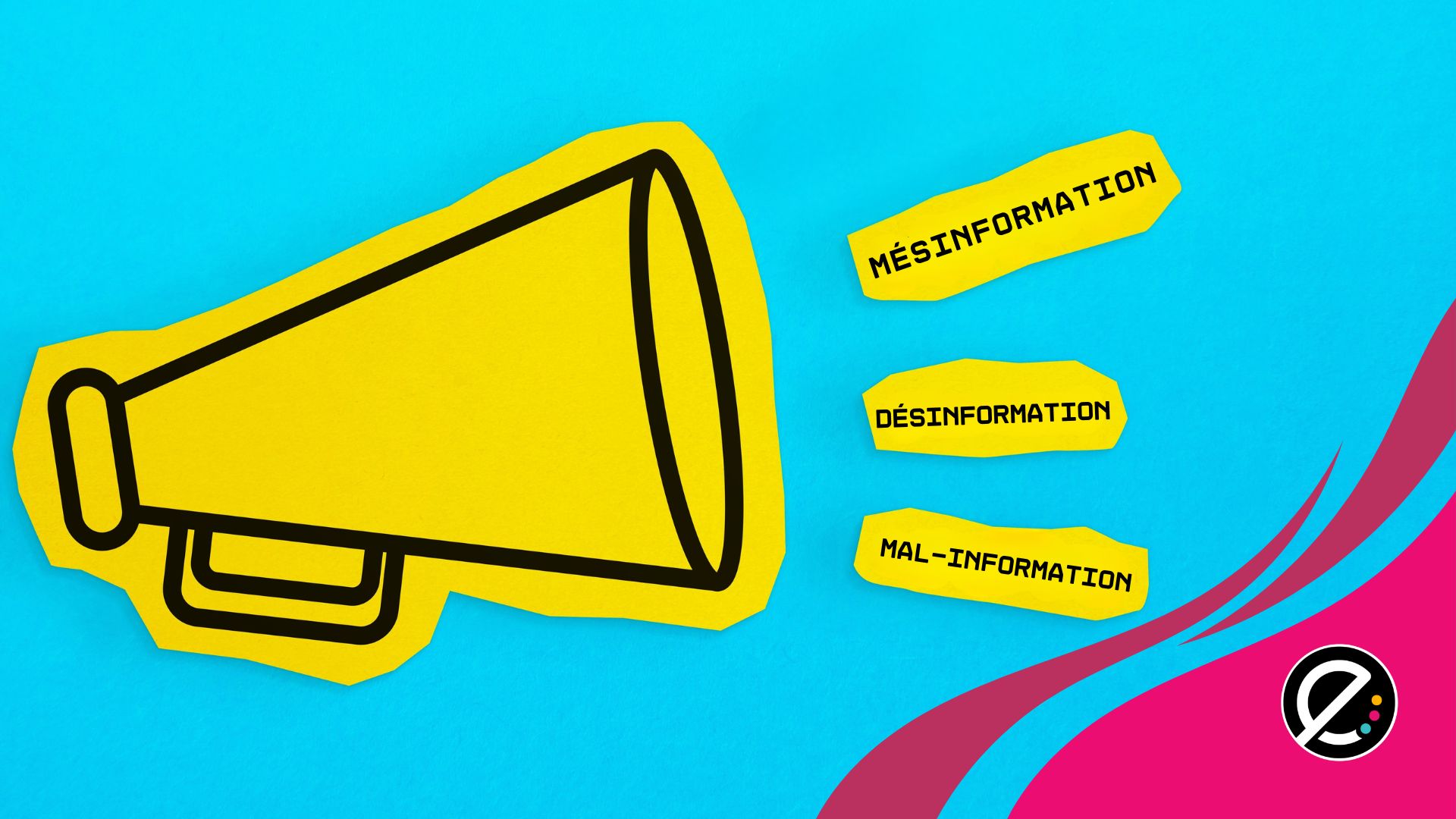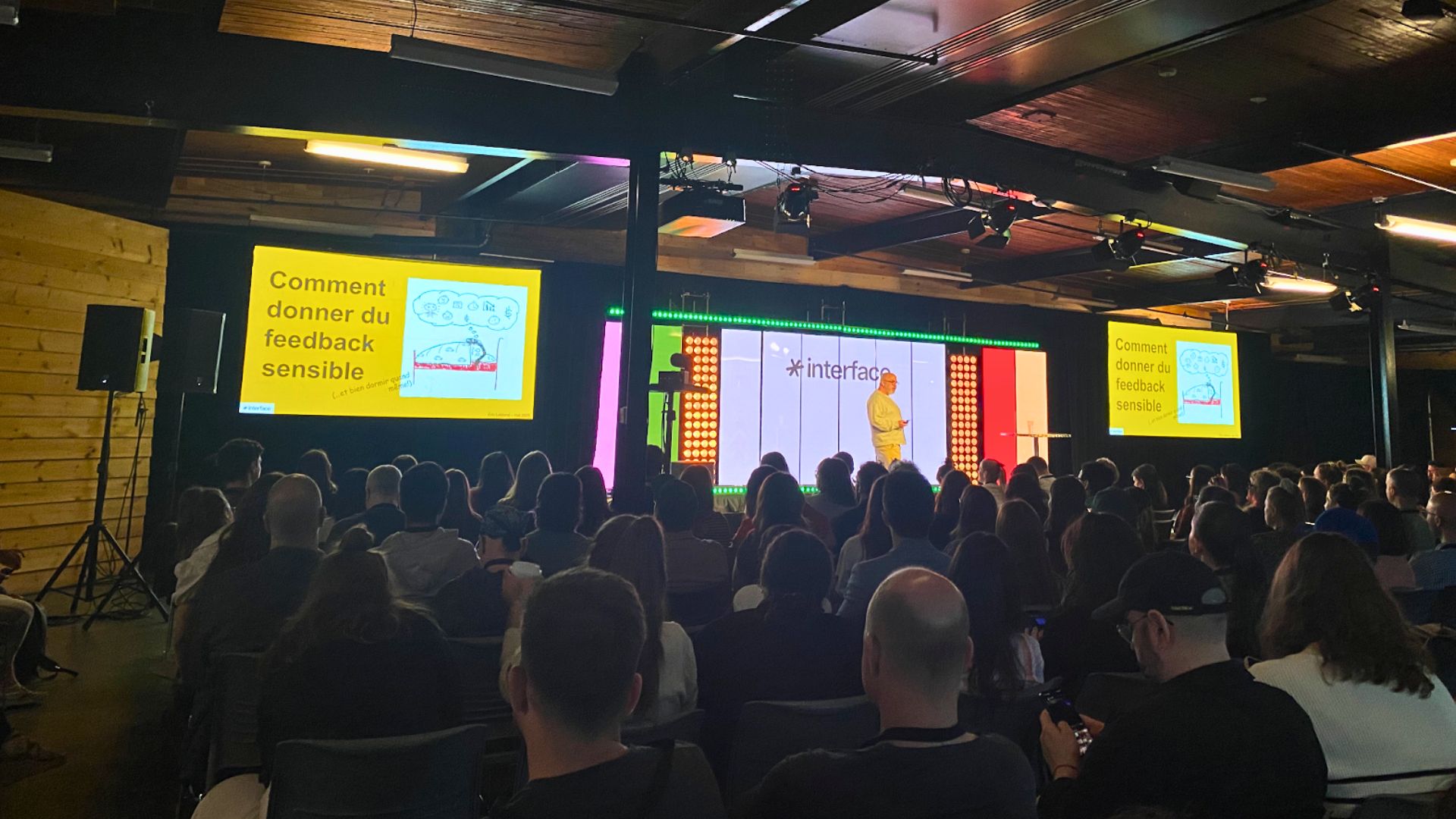Face au manque de manuels destinés aux classes de géographie et d’histoire de niveau primaire, de plus en plus d’enseignants se tournent vers les ressources en ligne. En effet, on peut trouver gratuitement sur Internet des situations d’apprentissage adaptées aux cours d’Univers social qui comportent des images et des vidéos… Idéal pour un tableau blanc interactif!
Le site Web Sociétés et territoires, conçu par les responsables du service local du RÉCIT en univers social, se démarque des autres sites présents sur la Toile par son matériel très complet. On y navigue sur une ligne du temps animée d’icônes. En cliquant sur une d’entre elles, un coureur des bois par exemple, on découvre le contexte de l’époque. Mode de vie, population, transport, gouvernement, tout y est. Le concept est simple : les pages présentent des sources primaires à partir desquelles les élèves déduisent les éléments clés de l’histoire, plutôt que de lire des travaux écrits par des historiens. « Même au Secondaire, où on retrouve beaucoup de manuels, on manque de documents sources, constate Alexandre Lanoix, un des concepteurs de Sociétés et territoires. Il est plus intéressant, pour l’élève, de reconstruire lui-même l’Histoire! »
Le site Internet regorge de vidéos explicatives et d’images que l’enseignant peut présenter à la classe, sur un tableau blanc ou dans un laboratoire. Par exemple, des cartes de seigneuries mènent au questionnement : pourquoi les terres sont-elles toutes divisées en rectangles étroits? L’enseignant peut inscrire au tableau différentes hypothèses et laisser sur l’image des traces de son analyse. « Notre site contient plus de 400 fiches faciles à modifier et libres d’utilisation, explique Alexandre Lanoix. Nous y avons intégré des vidéos qui répondent directement aux attentes du programme ministériel et qui aident les jeunes à se placer diverses notions dans le temps. »
Annie Marois, conseillère pédagogique pour la commission scolaire des Découvreurs, recommande le site. « Sociétés et territoires est facile d’accès ; j’aime particulièrement ses dossiers documentaires et l’abondance de sources premières. » Le site présente du matériel diversifié pour chaque cycle. Par exemple, un enseignant peut choisir de présenter à ses élèves du 3e cycle des images, des mots-clefs et des statistiques.
« Avec tout ce contenu, il est tentant de faire en classe des présentations interactives sur le tableau blanc, remarque Annie Marois. Mais il faut en plus que l’enseignant ait une stratégie pour que les élèves gardent une trace écrite de leurs apprentissages. » Par exemple, imprimer les fiches présentées à l’écran permet aux étudiants d’inscrire eux-mêmes leurs observations sur une photo, ou les moments importants d’une vidéo. Sans quoi, l’exercice est divertissant, mais l’élève ne peut en réviser le contenu, après l’activité.
Le site Sociétés et territoires est donc une véritable richesse pour les enseignants en Univers social qui utilisent un tableau blanc interactif.













